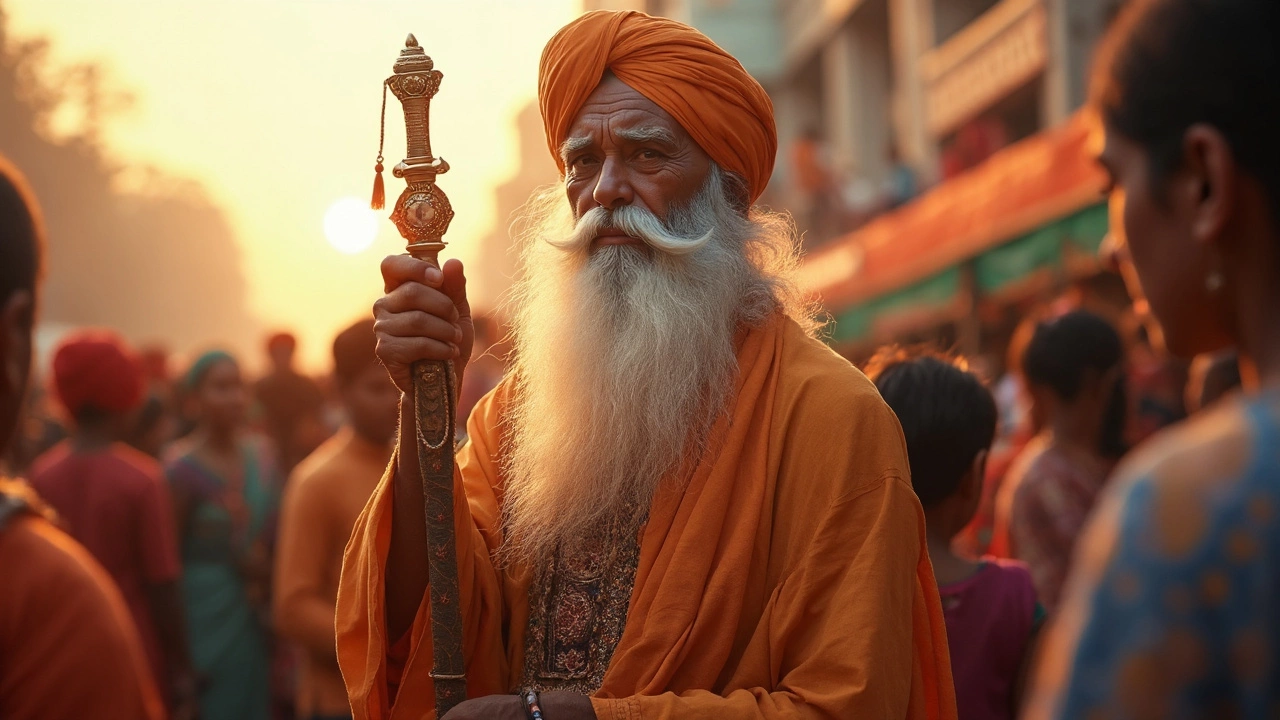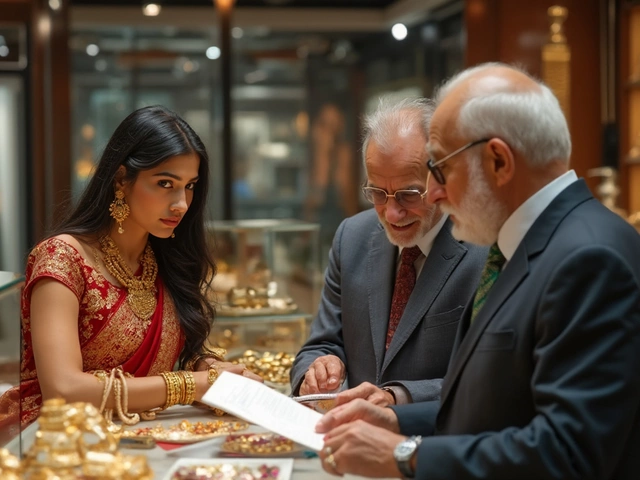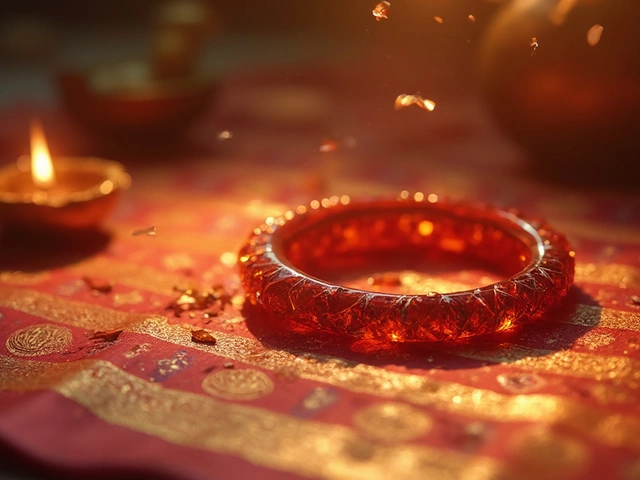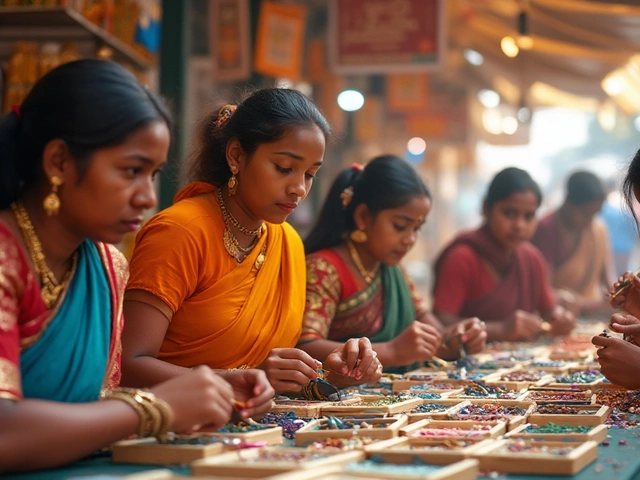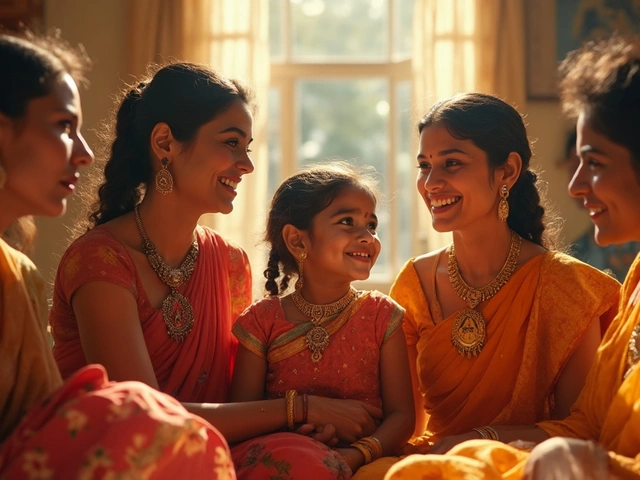Sikh Identity – A Blend of Faith, Tradition, and Everyday Style
If you’ve ever wondered what makes Sikh identity tick, you’re not alone. It’s more than a religion; it’s a lived experience that shows up in the way people talk, dress, and accessorise. From the turban that tells a story to the simple silver kirpan that signifies courage, every element has a purpose.
At the heart of Sikhism are the Five Ks – Kesh (uncut hair), Kangha (comb), Kara (steel bracelet), Kachera (shorts), and Kirpan (small sword). These aren’t just symbols; they’re daily reminders of commitment. While the kara is a sleek steel band, many modern Sikhs pair it with other jewellery like gold rings or black bangles for a personal touch.
How Sikh Traditions Shape Everyday Look
Traditional clothing plays a big role. Men often wear a kurta‑pajama under a turban, while women might choose a salwar‑kameez with a dupatta that drapes modestly. The colours matter too – bright saffron, white, and navy appear often, echoing the flag’s hues. When you see a Sikh at a wedding, the giddha dancers in vibrant skirts are a perfect showcase of cultural pride mixed with festive flair.
Jewellery, too, has a quiet influence. Black beads in a mangalsutra, for instance, hold significance in many Indian communities, and some Sikh couples incorporate them to honour both faith and family customs. Even a simple silver nose stud can echo the tradition of modest adornment without clashing with the turban’s prominence.
Living Sikh Identity in Modern India
Today’s Sikhs blend heritage with contemporary style. You’ll find a chai‑shop owner sporting a classic kara alongside a smartwatch, or a college student rocking a Punjabi suit with sneaker kicks. The key is balance – respecting the values while staying functional in a fast‑moving world.
Social media has made sharing Sikh fashion easier than ever. Hashtags like #SikhStyle let people showcase how they pair traditional garments with modern accessories, from gold earrings to minimalist leather belts. This digital exchange helps keep the culture alive, especially for younger generations who might otherwise feel detached.
So, whether you’re looking to understand the deeper meaning behind a turban’s colour, or you just want a quick guide on how to respect Sikh customs when you attend a celebration, the basics are simple: honor the Five Ks, appreciate the modest yet vibrant clothing, and recognise that jewellery can be both a symbol and a style statement.
Next time you meet someone who identifies as Sikh, try noticing the little details – the steel kara on their wrist, the way their hair is kept neat, the subtle sparkle of a silver necklace. Those clues tell a story of faith, community, and a vibrant identity that’s thriving in today’s India.
Why Sikhs Keep Their Hair Uncut: Culture, Religion, and Identity Explained
Discover why uncut hair matters in Sikhism. Explore the deep traditions, beliefs, and real-life practices behind this powerful symbol of Sikh identity.
Kirpan: Reflecting Sikh Values and Identity
Discover how the Kirpan, a ceremonial dagger carried by initiated Sikhs, is a profound symbol of their faith, representing spirituality, self-defense, and justice. Learn about its historical significance, its role in modern Sikh identity, and how it integrates into daily life. Explore common misconceptions and the core Sikh values that the Kirpan embodies. Uncover insightful facts and tips on understanding the Kirpan beyond its physical form.
The Kirpan: Reflecting Sikh Values and Identity
The Kirpan is not just a ceremonial dagger; it's a powerful symbol of Sikh values and identity. Delving into its historical roots reveals its significance in promoting justice and compassion. This article explores how the Kirpan embodies core Sikh principles and what it means for modern-day Sikhs. Gain a deeper understanding of this sacred item and its role in Sikhism.

